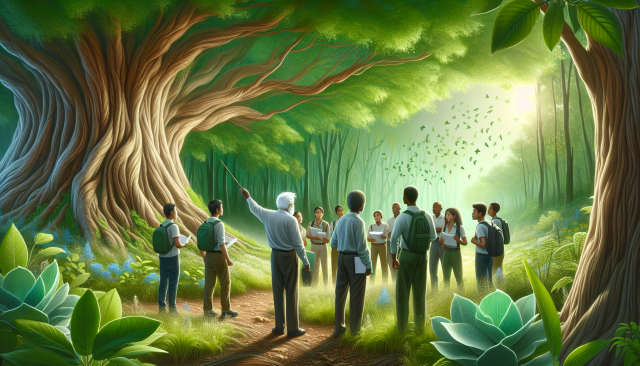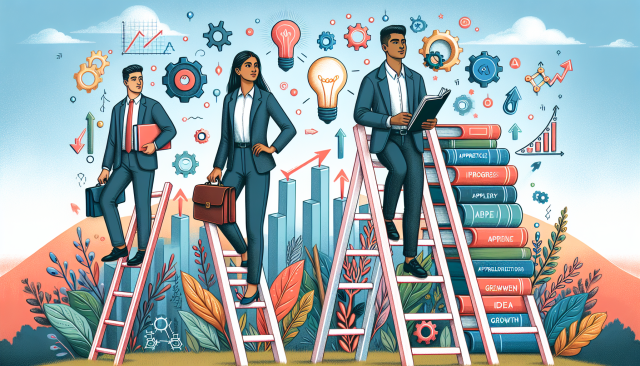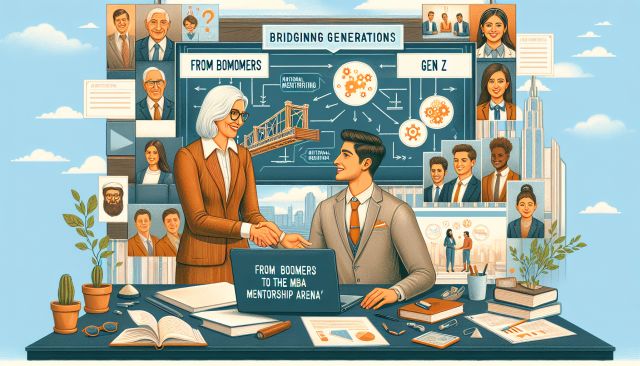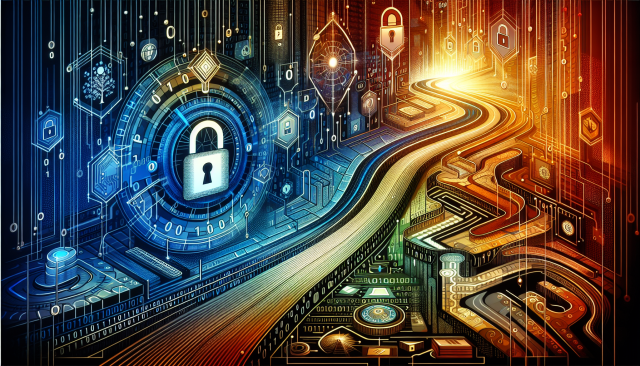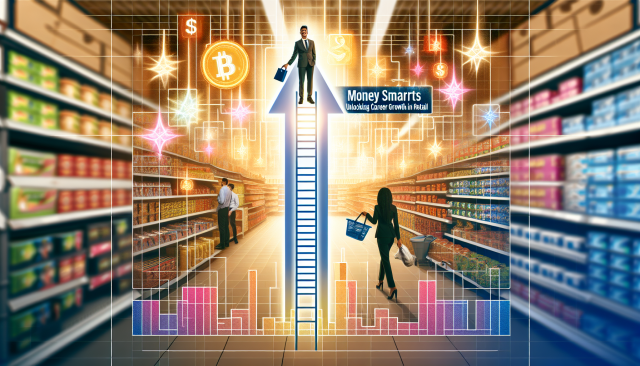Nurturing Green Leadership: The Ethical Imperative of Mentorship in Environmental Advocacy
Nurturing Green Leadership: The Ethical Imperative of Mentorship in Environmental Advocacy
In the heart of the fight against climate change lies a profound realization: the path to a sustainable future is not paved by individual actions alone, but by a collective movement of hearts and minds. As we honor National Mentoring Month, it’s crucial for us the Carbon and Green Professionals to reflect on the ethical dimensions of mentorship within our realm of environmental advocacy.
The Legacy of Green Leadership
Environmental advocacy, at its core, is about leadership and responsibility. It involves guiding societies towards sustainable practices and policies that ensure the well-being of our planet. Yet, beyond the political and scientific discourse, lies a transformative power the power of mentorship.
Mentorship in environmental fields is not just about passing on knowledge or navigating professional landscapes. It is an ethical commitment to nurture the next generation of leaders who possess the conviction, courage, and creativity to drive meaningful change. As mentors, we shape the values and priorities of future advocates, embedding in them a profound respect for the planet and its resources.
Ethical Considerations in Mentorship
The ethics of mentorship transcend traditional professional relationships, encompassing a broader moral obligation to sustain and elevate the passion for environmental stewardship. Here are key ethical considerations:
- Integrity and Authenticity: A mentor must encourage authenticity in their mentees, fostering an environment where individuals feel empowered to express their true values and commitments toward environmental causes.
- Accountability: Mentees should be encouraged to be accountable for their actions and decisions. Mentors can instill a sense of responsibility by modeling transparency and ethical behavior.
- Equity and Inclusion: Environmental advocacy thrives on diverse perspectives. Mentors should actively seek to include voices that have been historically marginalized or underrepresented in the green movement. By doing so, they ensure that solutions are comprehensive and equitable.
Transformative Impact of Ethical Mentorship
The impact of ethical mentorship in environmental advocacy can be profound. It can accelerate innovation, bring fresh perspectives to entrenched challenges, and inspire a powerful wave of collective action. When mentees are instilled with a strong ethical foundation, they are more likely to develop into leaders who prioritize sustainability and environmental justice in their endeavors.
Consider the story of a young environmentalist who, through the mentorship of a seasoned advocate, learns the importance of community engagement and holistic solutions to climate challenges. This knowledge not only enriches their personal growth but also enhances their capacity to lead projects that resonate with authenticity and ethical integrity.
Conclusion: Building the Next Generation of Green Leaders
As Carbon and Green Professionals, we must embrace the ethical dimensions of mentorship with the seriousness it deserves. Our legacy lies not only in the projects we lead or the policies we influence but in the values and commitments we pass on to the next generation. By prioritizing ethical mentorship, we can ensure that the leadership baton is passed to individuals who are not just well-informed but also deeply motivated by a sense of moral responsibility towards our planet.
Let us celebrate National Mentoring Month by committing to a mentorship that transcends conventional frameworks and champions ethical values at its heart. In doing so, we lay the foundation for a future where environmental advocacy is as much about integrity and ethical stewardship as it is about innovation and progress.
















